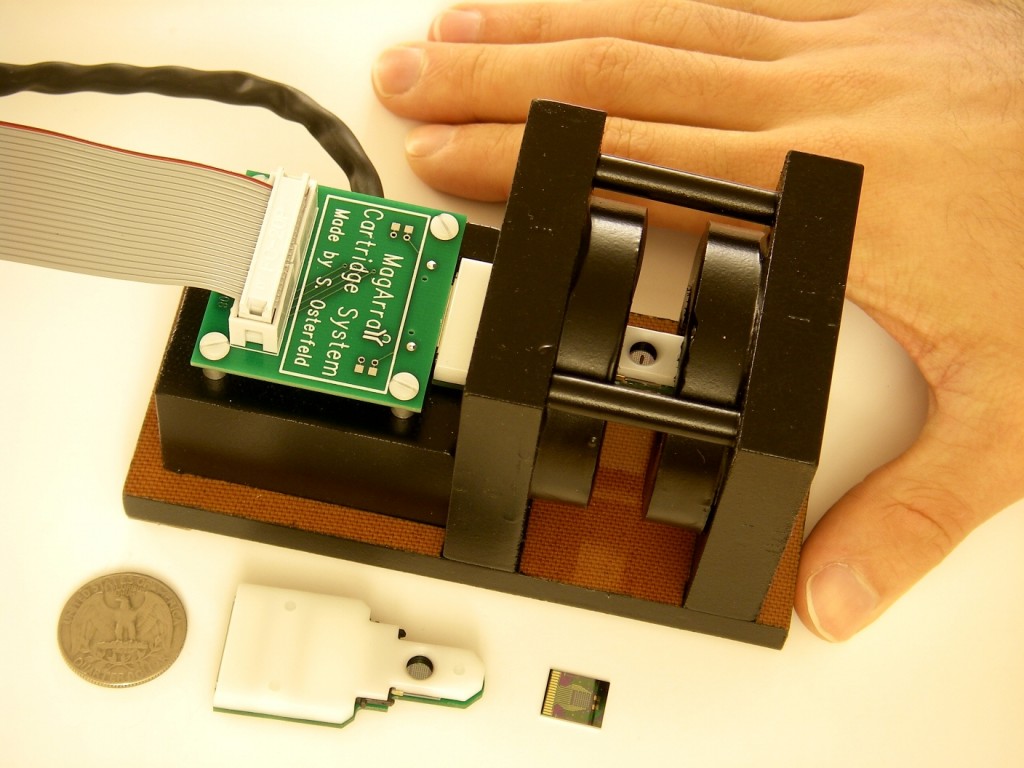
Picture the scene of the Fukushima nuclear accident. The Daiichi nuclear reactors were hit by an earthquake of magnitude 9.0, then flooded by the resulting 15-meter deep tsunami which caused a nuclear meltdown and release of radioactive materials. Over 100,000 people were evacuated from their homes due to the threat of radiation contamination. Although no deaths occurred due to the nuclear accident, there was potential for mass casualties since radiation can induce immediate and persistent damage to internal organs.
In a large-scale radiological incident like the Fukushima nuclear disaster, emergency medical personnel need a rapid way to assess radiation exposure and identify those who require immediate care. This radiation-dosimetry technology needs to be sensitive, accurate, fast and easy to use in a non-clinical setting.
Local scientists have developed a small, portable device that can quickly test the level of radiation exposure victims have suffered in such radiological emergencies. This technology was developed by scientists from Berkeley Lab, Stanford University and several other institutions, as reported in a journal article recently published in Scientific Reports. The lead researchers were Dr. Shan Wang from Stanford University and Dr. Andrew Wyrobek from Berkeley Lab.
This new dosimetry device is a novel type of immunoassay. Immunoassays are chemical tests used to detect or measure the quantity of a specific substance in a body fluid sample using a reaction of the immune system. For example, a common immunoassay test for pregnancy measures the concentration of the human chorionic gonadotropin hormone in a woman’s blood or urine sample.
In order to measure a person’s radiation dose, the new device measures blood samples for the concentration of particular proteins that change after radiation exposure. Scientists, including those in Wyrobek’s group, have previously identified these target proteins as excellent biological markers for radiation dosimetry; blood exposed to radiation has a special biochemical signature.
